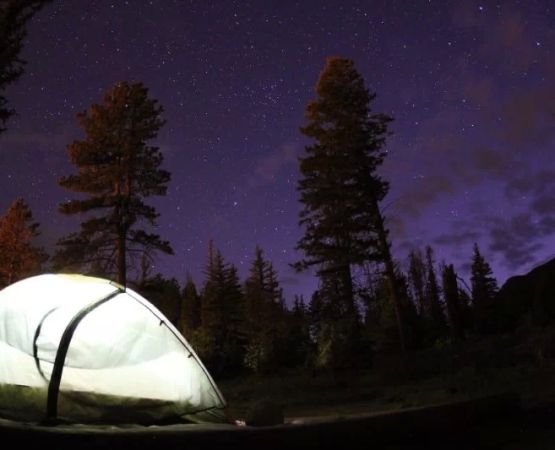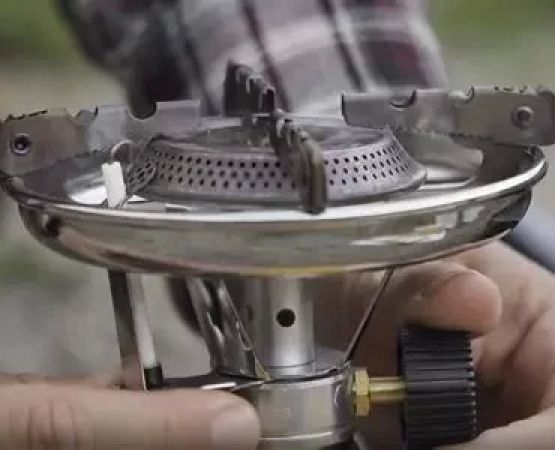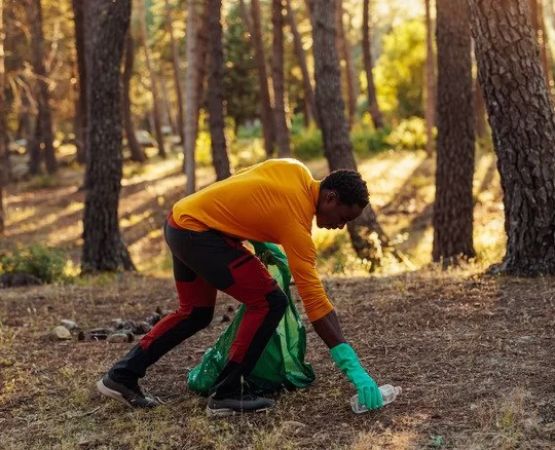1. Planning Your Budget-Friendly Camping Trip
Camping has always been one of my favorite ways to get outdoors and reconnect with nature, but as I became more aware of my finances, I started wondering if it was still possible to enjoy camping without spending a fortune. To my surprise, not only was it possible, but it also became an even more enjoyable experience. Over the years, I’ve learned how to camp on a budget, and in this article, I want to share my tips and tricks with you so that you can make the most of your camping trips without breaking the bank.
When I first started camping, I assumed that all the gear, permits, and food would cost a lot of money, but I quickly realized that with a little planning, I could enjoy a weekend getaway without spending a small fortune. The key is to plan ahead and know where to save. Whether you’re a beginner or an experienced camper looking to cut down on costs, these tips will help you have a memorable and affordable adventure.
2. Choose Affordable Campsites
One of the biggest expenses when camping is the campsite itself. However, there are many ways to reduce this cost. My first tip is to consider campgrounds that are managed by public land agencies, such as the National Park Service or Bureau of Land Management (BLM). These sites are often much cheaper than private campgrounds and provide the same great access to nature.
2.1 National Parks and Forests
In the United States, national parks and national forests offer many affordable camping opportunities. Some of these sites charge as little as $15-$25 per night for a campsite, and many even offer first-come-first-serve options that are much cheaper than reserving a spot in advance. If you’re flexible about your location and time of visit, this can be an excellent way to camp without spending a lot of money.
2.2 Free Campsites
For those really looking to stretch their budget, free campsites are a great option. Public lands often allow camping in remote areas for free, though there may be a few restrictions. Websites like FreeCampsites.net are excellent resources for finding these hidden gems. Keep in mind that these sites may be more primitive, but the experience of being immersed in nature makes it worth it. I’ve camped for free on BLM land and had some of the most peaceful nights under the stars.
3. Cut Costs on Camping Gear
When I first started camping, I assumed I needed to buy all the latest gear, but I quickly realized that there are plenty of ways to save without compromising on quality. If you’re just getting into camping, there’s no need to splurge on expensive equipment right away. Here’s how I’ve managed to cut costs on camping gear.
3.1 Borrow or Rent Gear
Before buying camping gear, consider borrowing or renting it. Many outdoor stores offer gear rentals for camping essentials like tents, sleeping bags, and cooking equipment. Some national parks and campsites also offer rentals, which can be a cost-effective way to try out camping gear before making a purchase. Borrowing from friends or family is another great option, especially if they camp regularly and have spare equipment they’re willing to lend.
3.2 Shop for Used Gear
If you’re ready to buy your own gear, check out secondhand stores, online marketplaces like Craigslist or Facebook Marketplace, or outdoor gear swap events. You can find high-quality gear that’s gently used and often sold at a fraction of the price of new items. I’ve bought several camping items from these sources and they’ve served me well for years.
3.3 Stick to the Essentials
When shopping for camping gear, it’s easy to get carried away with all the extra gadgets and accessories, but many of them aren’t necessary. I learned to stick to the basics: a reliable tent, sleeping bag, stove, and cooler. These essentials will cover most of your needs, and as you gain more experience, you can decide whether additional items are truly worth the investment.
4. Save on Food and Meals
One area where camping costs can quickly add up is food. However, with some planning, you can easily prepare delicious meals without spending much money. Over the years, I’ve learned how to cook on a budget while still enjoying tasty meals during my trips.
4.1 Plan Simple, Easy Meals
Before heading out, I always plan my meals in advance. This helps me avoid overpacking and ensures I have everything I need. I typically stick to simple meals like pasta, rice, canned beans, and instant oatmeal—items that are easy to prepare and budget-friendly. I also love making one-pot meals that can be cooked over a campfire or camping stove, like chili or stew.
4.2 Bring Snacks and Beverages from Home
Instead of buying expensive snacks at the campsite or nearby convenience stores, I bring my own snacks from home. Trail mix, granola bars, and dried fruit are great options that are easy to pack and provide quick energy during outdoor activities. I also bring my own drinks like coffee, tea, and bottled water, which saves money compared to buying drinks on-site.
4.3 Cook in Bulk
Another way to save is by cooking in bulk. If I’m camping with friends or family, we often cook larger batches of food and share meals. This reduces the need to buy multiple ingredients and minimizes food waste. Cooking in bulk also allows for easy leftovers, which can be enjoyed on the second or third day of the trip.
5. Plan Efficient Transportation
Transportation is another key factor in keeping costs low. Whether driving to your campsite or using public transport, it’s important to plan your travel efficiently to avoid unnecessary expenses.
5.1 Carpool with Friends
If you’re camping with others, consider carpooling to split transportation costs. Not only does this make the trip more affordable, but it also reduces the environmental impact of your travels. I often carpool with a group of friends, which makes the drive more enjoyable and saves us all money on gas.
5.2 Choose a Nearby Campsite
Choosing a campsite that’s close to home can save a significant amount of money on travel costs. I’ve found that some of the best camping experiences are just a few hours from where I live, and I can save money on gas, accommodations, and time by opting for a nearby location. Sometimes, the best adventures are the ones closest to home!
6. Take Advantage of Discounts and Deals
Many campgrounds, outdoor stores, and national parks offer discounts or special deals, especially for groups, members, or first-time campers. I always check for any available deals before booking a campsite or purchasing gear. Here are a few ways I’ve been able to save:
6.1 Annual Passes and Memberships
Some national parks and public lands offer annual passes that give you unlimited access to campgrounds and parks for a year. This is especially useful if you plan to camp multiple times throughout the year. I purchased a national park pass last year, and it saved me money on campsite fees and park entry fees for multiple trips.
6.2 Look for Seasonal Sales
Outdoor stores often have sales during the off-season or holiday periods. I wait for these sales to stock up on camping gear, as the prices are significantly lower. Additionally, some campgrounds offer discounts during the shoulder seasons, such as early spring or late fall, when there are fewer visitors.
<> SEO Title: Budget-Friendly Camping: How to Camp on a Budget SEO Keywords: camping on a budget, affordable camping tips, cheap camping tips, budget camping, camping with friends SEO Description: Discover the best tips for camping on a budget. Learn how to find affordable campsites, save money on gear and food, and enjoy a low-cost outdoor adventure. OLD Keywords-45: affordable camping, camping tips, camping gear, low-cost camping, budget camping





